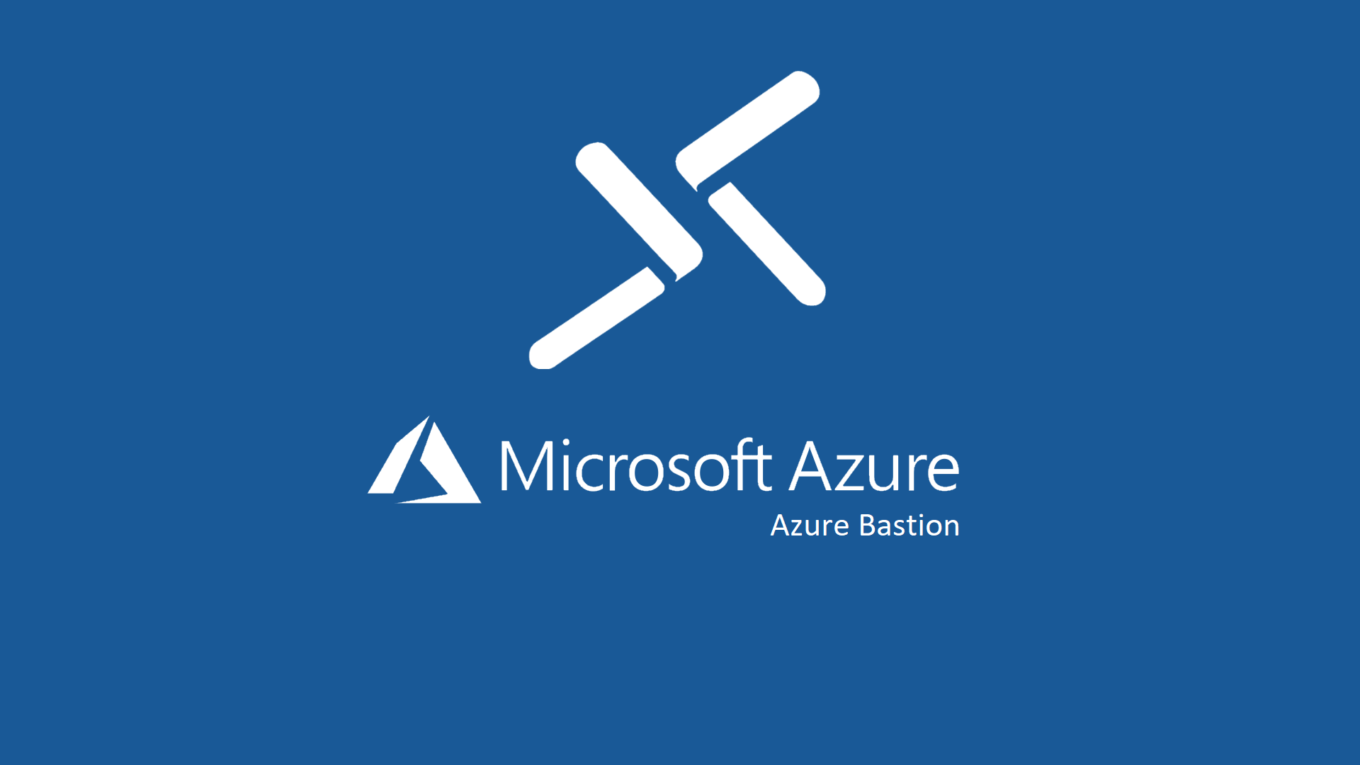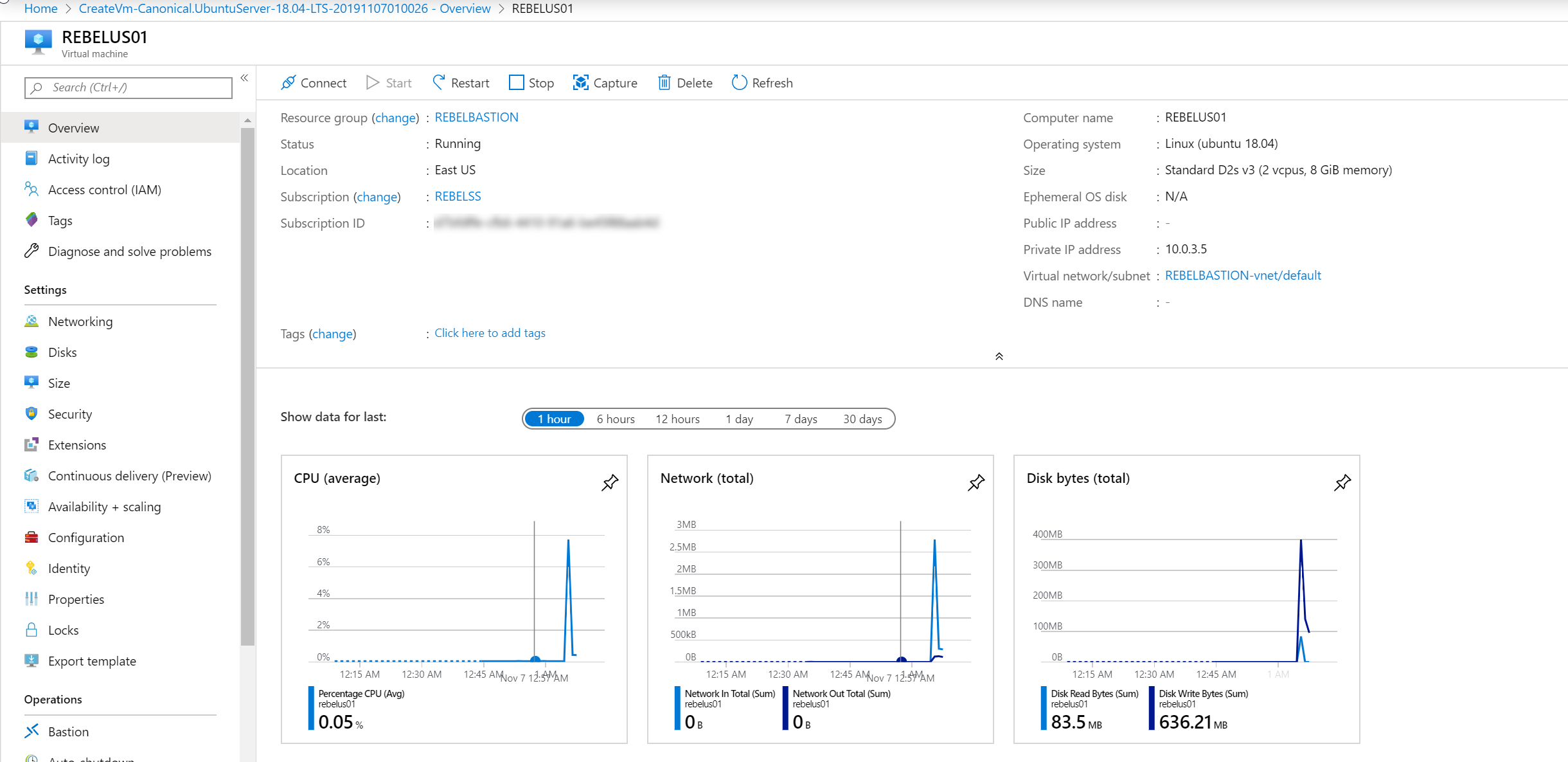
I guess that Microsoft had too many support calls with people doing bad things with a route table associated with AzureBastionSubnet. Add a user-defined route (UDR) for 10.1.0.0/16 with a next hop of the hub firewall (or a routing appliance).Īzure Bastion needs to have a route of 0.0.0.0/0 to Internet so you can’t do the usual spoke thing with the UDR so I could leave the default Internet route in place.ĭid it work? No – that’s because AzureBastionSubnet has a hard-coded rule to prevent the association of a route table.Create a route table and *cough* associate it with the AzureBastionSubnet.Well, if I want to route to any spoke in that address space, I can: Let’s say my entire Azure network is in the 10.1.0.0/16 address space. There were no routes from the spoke subnets to other spoke subnets. I could deploy it no problem but Azure Bastion could not route to other spokes sharing the hub. In my first experiment, I tried deploying a shared Azure Bastion in a spoke with a VNet-based hub. The OS of the virtual machine or computer allows RDP/SSH rom AzureBastionSubnet.The on-premises firewall, if the virtual machine is on-premises, allows RDP/SSH from AzureBastionSubnet to the computer.The hub firewall (if you have one) allows SSH/RDP from AzureBastionSubnet to the virtual machine.The NSG protecting the Azure virtual machine allows SSH/RDP from AzureBastionSubnet o the virtual machine.On-premises computers across site-to-site network connections such as VPN or ExpressRoute.Virtual machines in other Azure virtual networks.Virtual machines in the same subnet or virtual network.With this feature, you can log into a virtual machine across an IP network from your Bastion. Microsoft announced a new feature in the Standard tier of Azure Bastion called IP-Based Connection.

We could log into it, route through the firewall in the hub, and log into VMs running in other spokes. We needed an Azure Bastion that we could deploy once in a spoke. For many of us, that left us with deploying Bastion in every subnet – both costly and a waste of IP space. A hub deployment was possible – if you use a VNet-based hub – but it gave Bastion users (including external support) staff a map of your entire Azure network because they read access to the hub VNet – and all its peering connections. Bastion got support for a desktop client through a CLI login. Ideally, we want Azure AD integration (for Premium security features) and a platform resource (to minimise maintenance).Īnd along came Azure Bastion.
AZURE BASTION PRIVATE ENDPOINT PC
Those of us who want an air gap between the PC and the servers have tried things like RD Gateway and Guacamole.


And therefore, you need a secure way to log into those VMs. And things like AKS and HPC are based on VMs that you build and troubleshoot. And realistically, migrated legacy workloads need VMs. Once you do network security, you need virtual machines for those DevOps build agents or those GitHub runners. The NeedĮven organisations that opt for a PaaS-only Azure implementation need virtual machines. I will also explain why this has limitations in a hub & spoke architecture with a VNet-based hub. In this post, I will explain how you can deploy Azure Bastion into a spoke in a hub & spoke architecture with a Virtual WAN hub – and use that Bastion to securely log into virtual machines in other spokes using RDP or SSH.


 0 kommentar(er)
0 kommentar(er)
